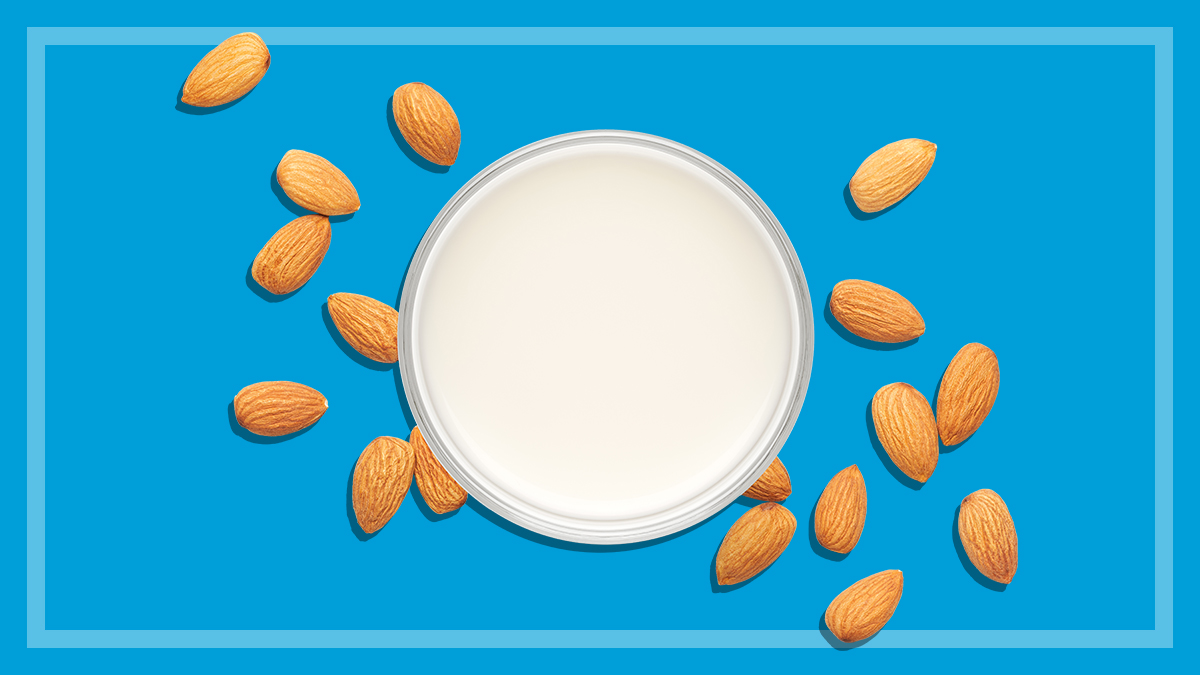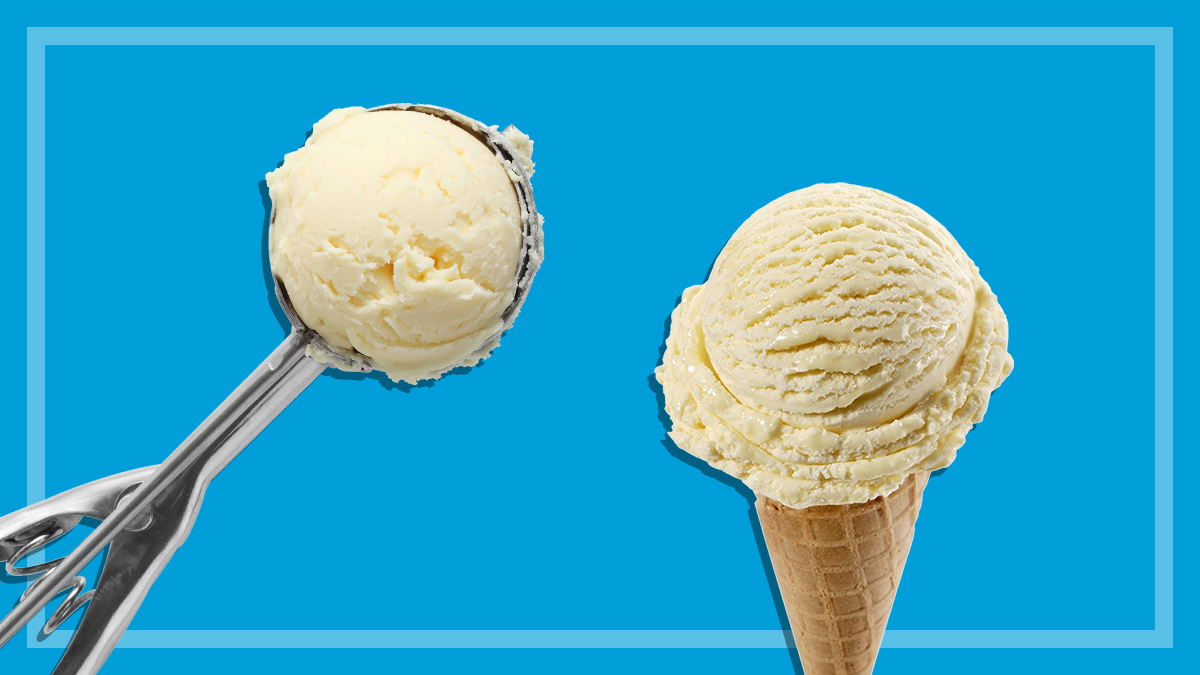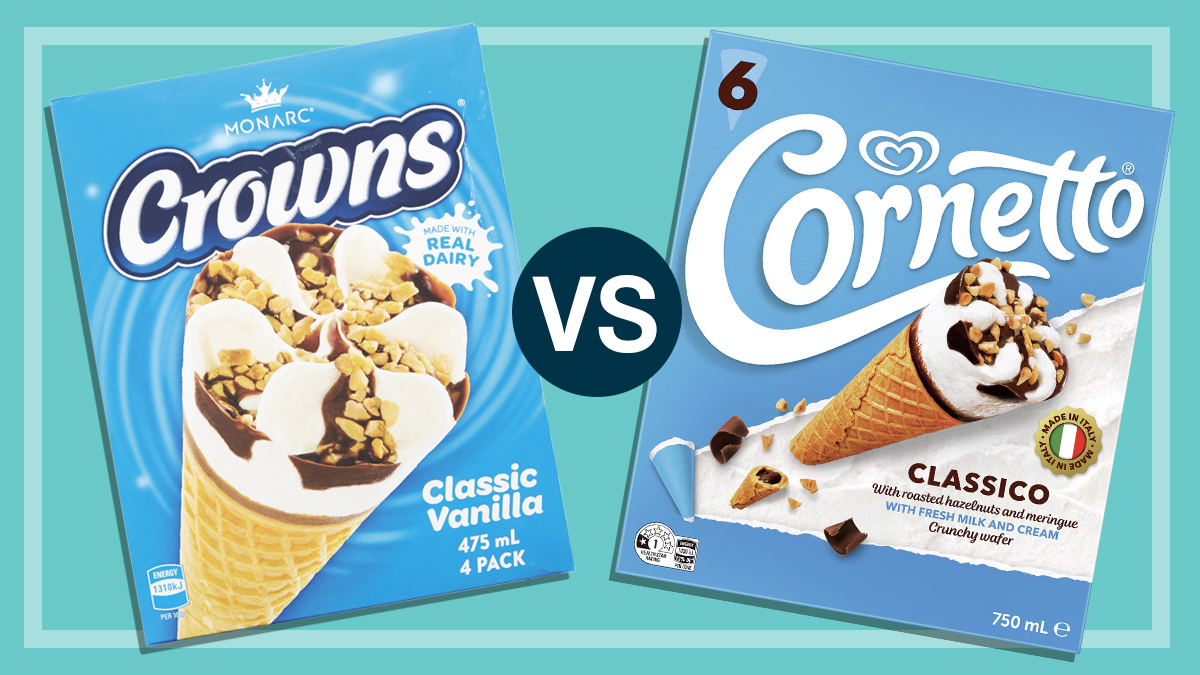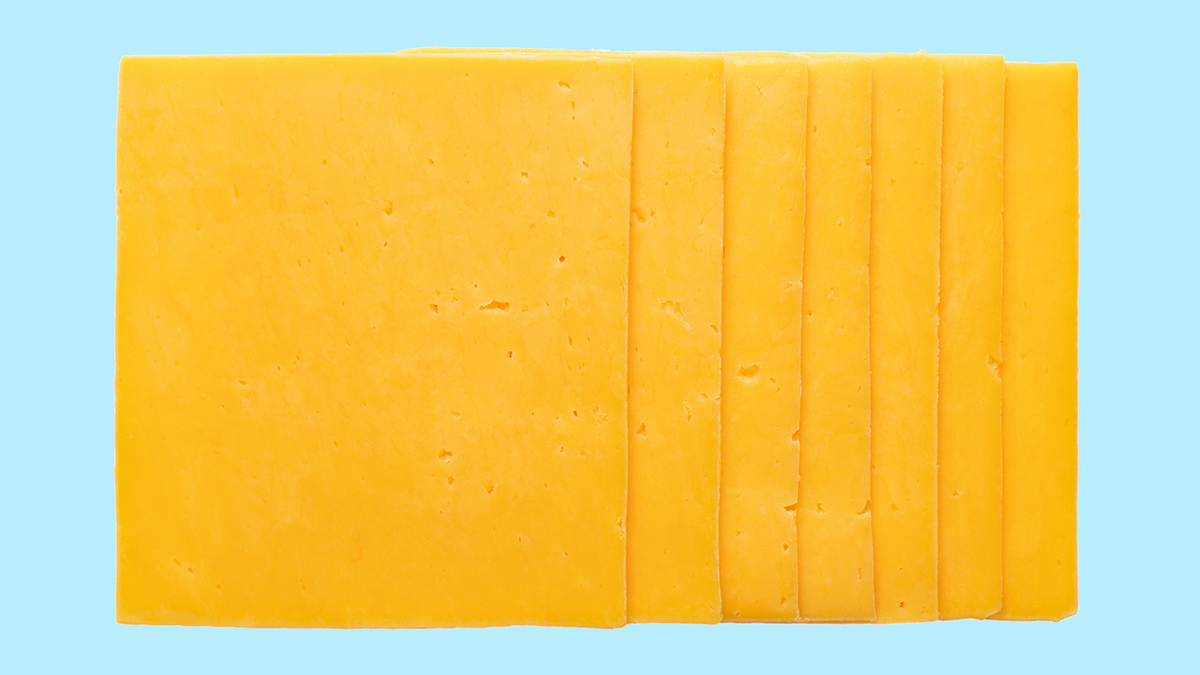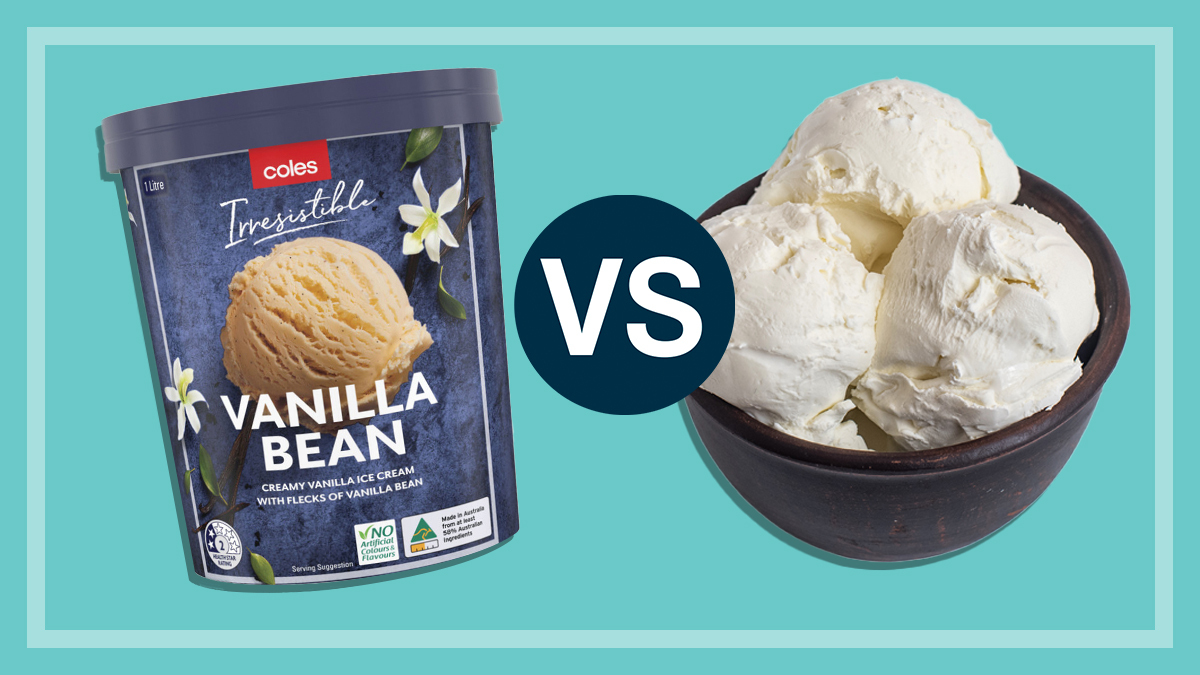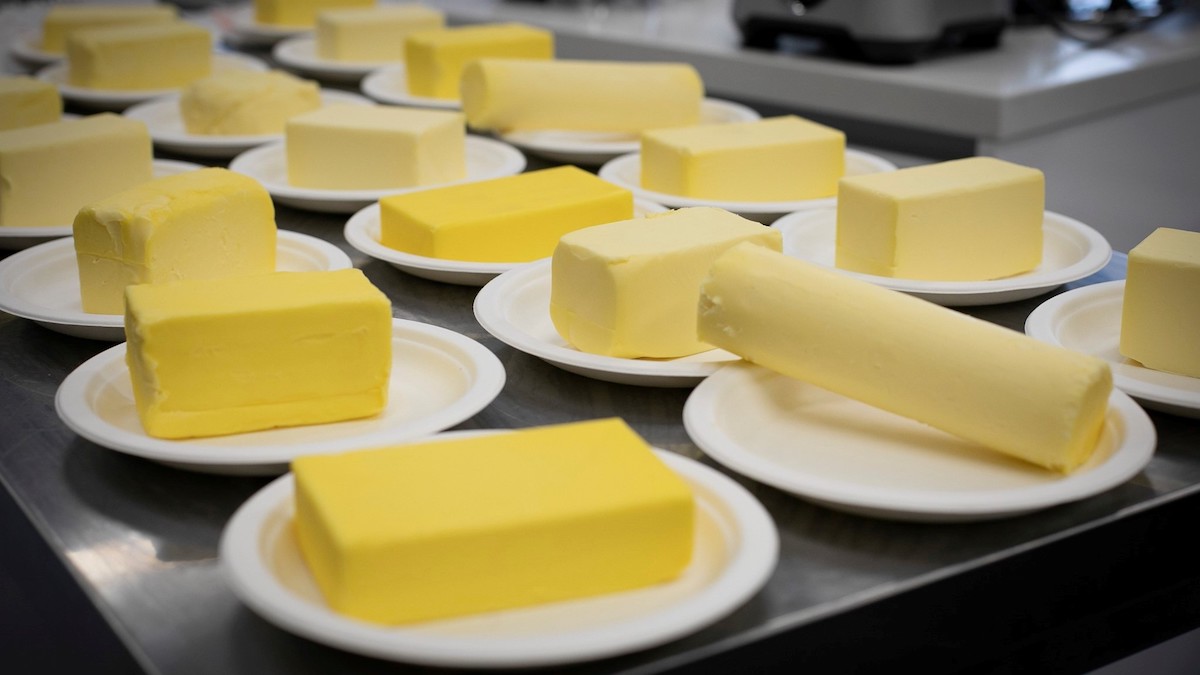Get our independent lab tests, expert reviews and honest advice.
Faba bean and pistachio milks: The new dairy alternatives

CHOICE verdict
If you’re into plant-based milks, give the Inside Out Faba Bean Milk and Pistachio Milk a go. If you like almond milk, you should also like the pistachio milk. But you’d probably have to be OK with strong-tasting milks to be a fan of the faba bean milk. Nutrition-wise, these two milks are lower in kilojoules and carbohydrates than the other plant-based milks we looked at. If you can deal with the thick texture and strong taste, the faba bean milk is a higher protein option.
Price: $4.00
On this page:
Just when you thought they’d managed to squeeze milk out of every living thing on earth, in comes the latest plant-based milks on the market: faba (or fava) bean and pistachio milk.
But before you jump on this latest dairy-free milk trend, let’s see if these ‘milks’ are as good nutritionally as other plant-based milks on the market, and perhaps more importantly, do they taste any good?
We’ve taken a look at the Inside Out Faba Bean Milk and Inside Out Pistachio Milk and compared a few key details to some other popular plant-based milks on the market.
We chose brands readily available in supermarkets, including:
- two oat milks (Oatly Oat Milk and OMG Oat Milk Goodness)
- two almond milks (So Good Almond Barista Edition and Almond Breeze Unsweetened Almond Milk)
- two soy milks (Vitasoy Soy Milky Regular and Macro Certified Organic Soy Milk).
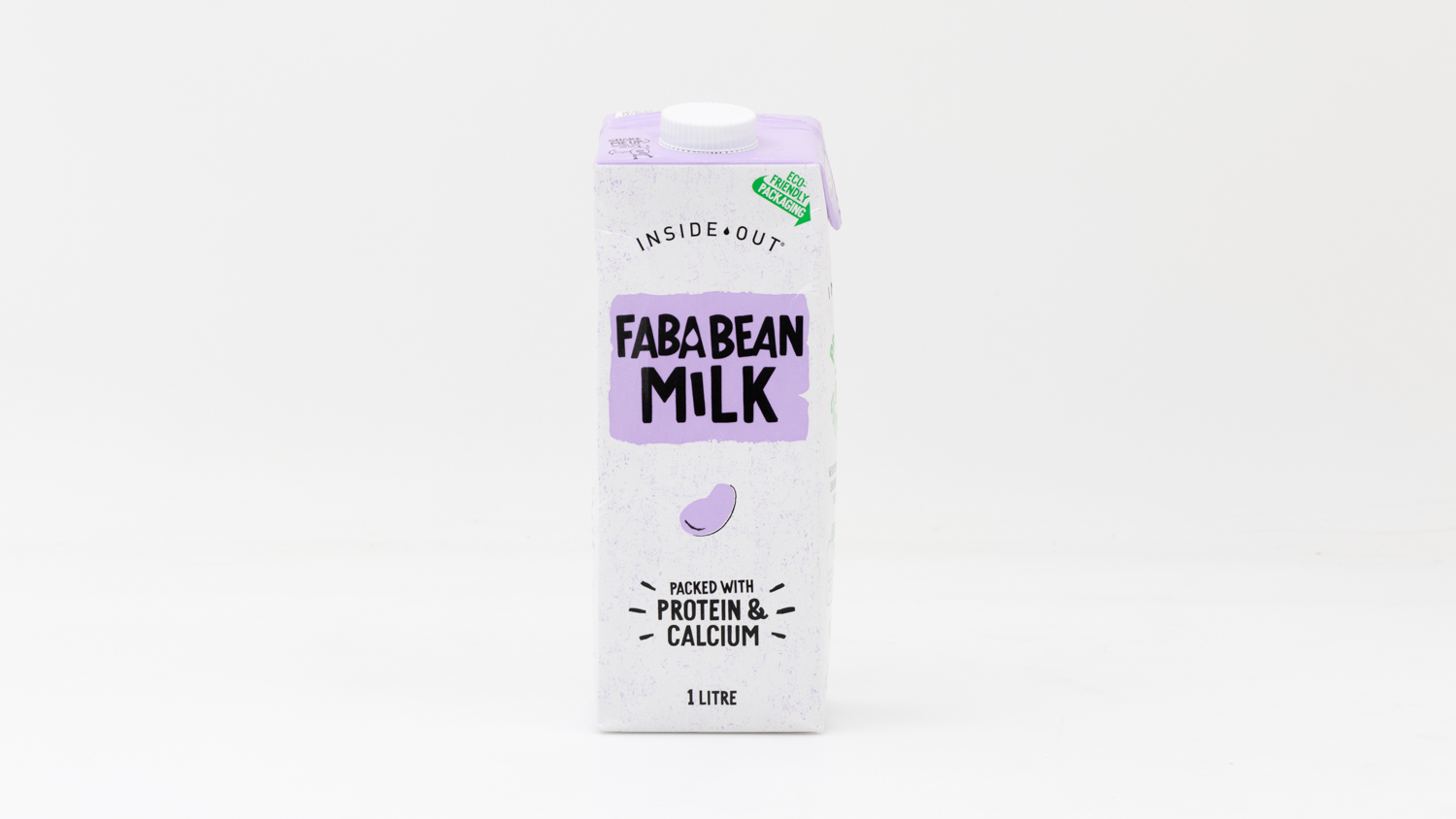
Nutrition
Plant-based milks are basically water with a small percentage of beans, oats or nuts. So in terms of ingredients, the difference comes down to what that small percentage is, and where it’s come from.
Protein
Nutritionally, the faba bean milk is a pretty good option with a Health Star Rating (HSR) of 4, not far off the average 4.5 HSR of soy milk products. This is because of the faba milk’s higher protein content at 4g per 100mL, compared with the nut milk average of less than 1g of protein per 100mL.
Kilojoules
Both the faba bean milk and the pistachio milk products are lower in kilojoules compared with oat and soy milks, and are closer to almond milk in this regard.
The faba bean and pistachio milks have an average of 126kJ per 100mL, while the oat and soy milks we compared them with contained an average 243kJ per 100mL.
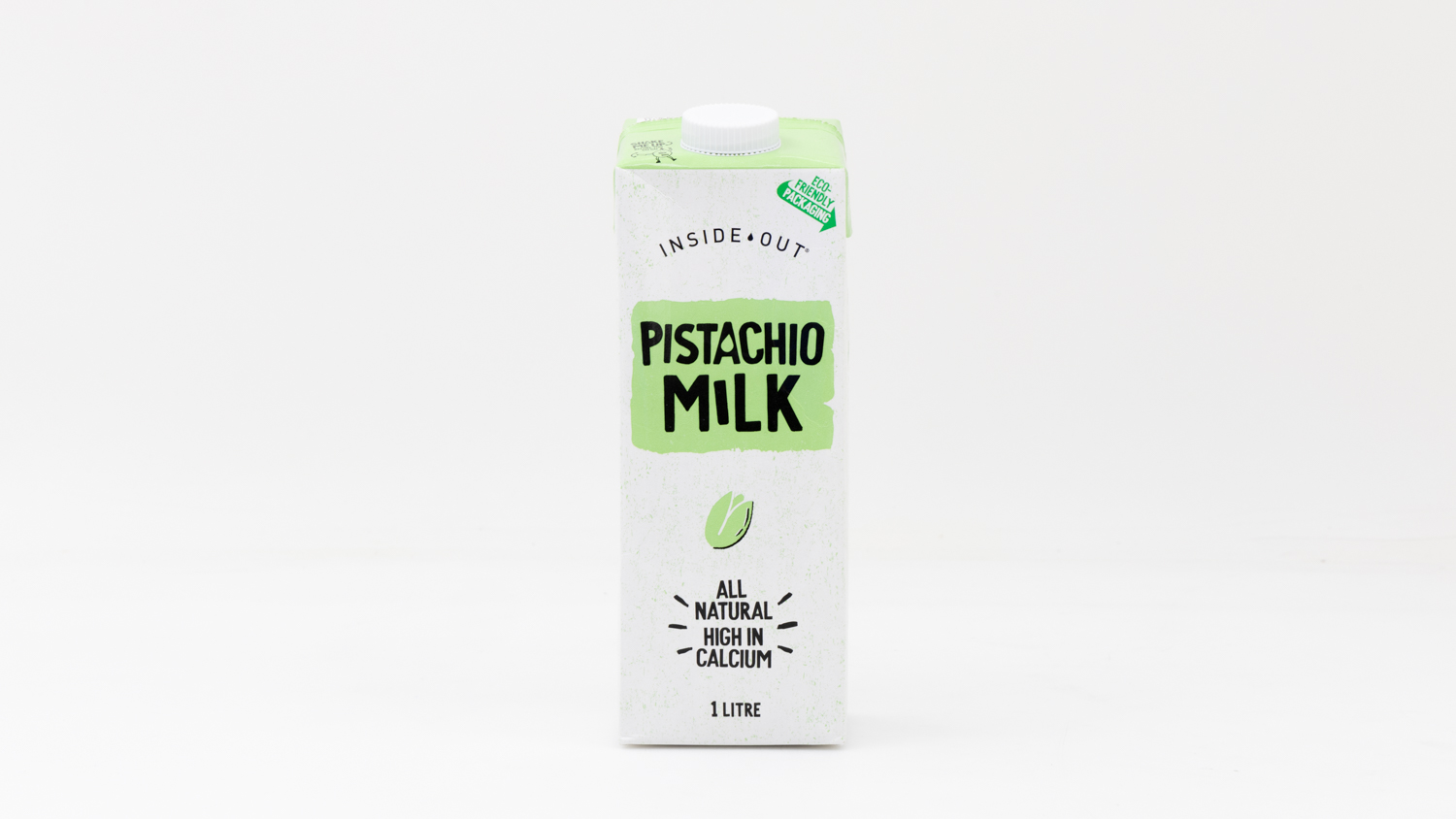
Calcium
Not all the plant-based milks we assessed stated their calcium content.
Calcium is important if you intend to replace your dairy milk with a plant-based milk. If you aren’t getting that calcium from other sources, like cheese, leafy green vegetables or tofu, you’ll want your plant-based milk to have added calcium.
The Inside Out Faba Bean and Pistachio milks are fortified with 80mg calcium per 100mL. The other plant-based milks we looked at all contained more than 100mg of calcium per 100mL (where stated), which is considerably more.
Put another way, a serve of the faba or pistachio milks gives you 25% of your recommended daily intake (RDI) for calcium, while the fortified soy and almond milks we looked at would give you about 36% of your RDI.
Carbohydrates
If you’re trying to reduce your carbohydrate intake, these new milks are a better option than the other plant-based milks we looked at. With 1.8g (faba bean) and 1.6g (pistachio) of carbohydrates per 100mL, they’re much lower in carbohydrates than the soy and almond milks we looked at, which contained an average of 4.7g per 100mL.
The only plant-based milk that was similarly lower in carbohydrates was the Almond Breeze Unsweetened Almond Milk, with 1.2g per 100mL.
Good to know: Both milks are made in Australia with more than 95% Australian ingredients.
Faba milk vs pistachio milk: Which tastes better?
We taste tested the Inside Out Faba Bean Milk and Pistachio Milk in three ways: on their own, with coffee, and with cereal. Here’s what our taste testers thought.
On their own
The pistachio milk appears like powder suspended in water and is drinkable on its own. It’s watery and similar to an almond milk with a nuttiness to it.
The faba milk was in a league of its own. If we could describe the taste and texture, it would be similar to the soy milk that was on the market in the ’90s. It’s thick and has a legume taste to it.
With coffee
The pistachio milk wasn’t too bad with coffee. It was slightly separated with gritty particles present, but the coffee overtakes the taste of the milk.
Faba milk is considered ‘barista-friendly’, which means it should work well with coffee and have frothing ability, so we were interested to assess this. As we shook the bottle before use, it was slightly frothy and appeared creamy, which was great. But the strong taste still overpowered the taste of the coffee.
With cereal
As the pistachio milk is quite watery, it probably wouldn’t be one of those milks you’d drink after finishing the cereal from the bowl.
The faba milk is thicker than the pistachio milk, but the taste overpowered the cereal in a noticeable way.
Faba bean and pistachio milk compared
Inside Out Faba Bean Milk contains 4 grams of protein per 100 millilitres and 1.8 grams of carbohydrates per 100 millilitres.
Inside Out Pistachio Milk contains 0.9 grams of protein per 100 millilitres and 1.6 grams of carbohydrates per 100 millilitres.
Oatly Oat Milk contains 1 gram of protein per 100 millilitres and 6.7 grams of carbohydrates per 100 millilitres.
So Good Almond Barista Edition contains 0.8 grams of protein per 100 millilitres and 2.8 grams of carbohydrates per 100 millilitres.
Almond Breeze Unsweetened Almond Milk contains 0.6 grams of protein per 100 millilitres and 1.2 grams of carbohydrates per 100 millilitres.
Vitasoy Soy Milky Regular contains 3 grams of protein per 100 millilitres and 3.4 grams of carbohydrates per 100 millilitres.
OMG Oat Milk Goodness contains 0.8 grams of protein per 100 millilitres and 9.8 grams of carbohydrates per 100 millilitres.
Macro Certified Organic Soy Milk contains 3 grams of protein per 100 millilitres and 4 grams of carbohydrates per 100 millilitres.

